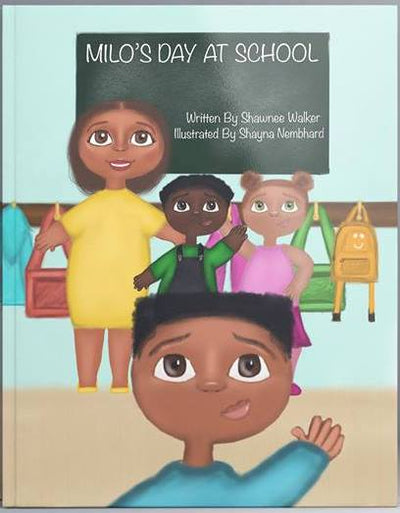“A bug, a bug! Look, it’s moving!” a young child yells from across the backyard towards his mother who is sitting on the chair plugging away at folding laundry, prepping dinner or paying bills. “That’s great hunny!”, she replies and continues on with her daily chores. This is an all-to familiar situation in families with young children. Teachable moments happen in every environment and throughout a ‘regular’ day. The enthusiasm embodied in early childhood is something that adults long for, although most of the time, due to schedules and deadlines, these learning opportunities are accidentally ignored. To a young child, everything is new and exciting, full of wonder and imagination and using this interest is a way for parents and caregivers to foster some basic academic skills.
Throughout daily life, children are engulfed in new sounds, new sights, new textures and new problems to solve. As a parent or caregiver, following a child’s lead is crucial to finding out what they are interested in and how to incorporate their thirst for knowledge into their daily lives. When your child asks questions, answer with more open-ended questions, encouraging more thought and in-depth investigation of the topic. For instance, this child who is so interested in the bug in their backyard and calling for another person (mom’s) opinion about it, would enjoy learning more about it.
Here are some questions that could be used in this situation to promote learning:
- Wow, what color is it?
- I wonder what they eat?
- Where do you think that bug lives?
- Where is it going?
- How many legs does it have?
- Does it have eyes or ears?
- How long is it?
Continue investigating this “new-to-your-child” insect by looking up bugs on your phone or computer. Can you find the what that bug is called? Take a picture of the bug and then have the child draw, paint or “artistically create” their own interpretation of what the bug looks like. Once the child is done watching the bug and drawing a picture, have the child dictate a story about that bug and what it was doing that day. Make sure to write down exactly what your child says so you can revisit this backyard visitor in the future.
As your child continues to investigate the world, take advantage of those “teachable” moments. It will make a difference to your child, both by expanding their knowledge and having a positive parent interaction.
 Was this interesting to you? Sign up here to receive our new blogs as soon as we publish them!
Was this interesting to you? Sign up here to receive our new blogs as soon as we publish them!





